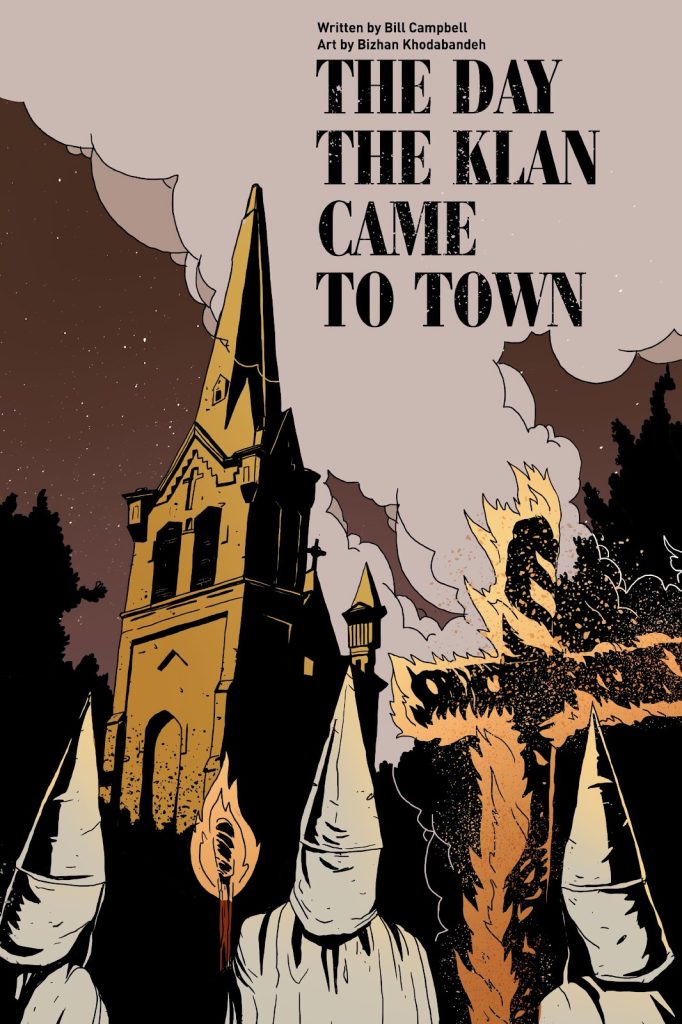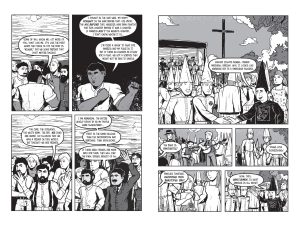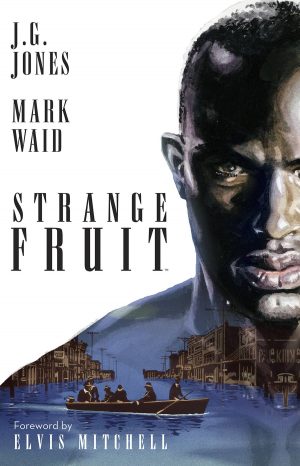Review by Ian Keogh
Bill Campbell lives in Carnegie, Pennsylvania, where it’s known that in 1923 the Ku Klux Klan arrived in force to march through what was then an Irish Catholic area. Far from being intimidated, though, the locals came out in numbers to confront their would-be oppressors.
There’s one hell of story in that, but Campbell takes too long to bring it out. He’s along the right lines in showing the various nationalities that live in Carnegie coming together, but this occurs too slowly with too much unnecessary dialogue. Showing why Italian residents fled their home country is worthwhile, but it emphasises that they’re being followed through while the troubles of other groups are just given passing acknowledgement. Greater research about the Black, Irish and Armenian communities would have complemented the story of the Italians, but Campbell keeps returning to their journey rather than looking elsewhere.
At times the language used by racists is employed, but all too often it’s toned down, avoiding 21st century sensitivities being disrupted by the offensive terms used a century ago. It weakens the story.
The impact is further diminished by Bizhan Kodabandeh’s cartooning. There’s never a sense of movement, which is especially felt when the face-off arrives, nor any great emotional weight to people who’re experiencing terrible moments. Cabbriele’s expression is basically the same whether he’s looking at the lynched corpse of his friend, or sitting in church several pages later. Kodabandeh is stronger with satirical illustrations of Klan members in their robes crowded into a Model T Ford.
What’s well represented is the extent of collusion between the Klan and city officials, the former confident no obstacles will be thrown in their path, and even the basically decent officials not having any appetite for confrontation. Campbell concludes by showing the battle may have been won, but the war is far from over, which is the right sentiment clumsily delivered.
Both before and after the story there are articles offering contextualisation, explanation and background, but overall The Day the Klan Came to Town is a missed opportunity.





